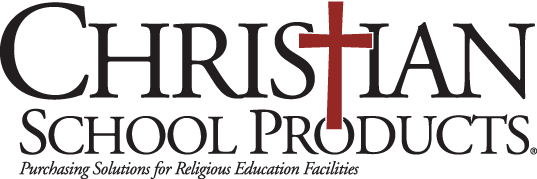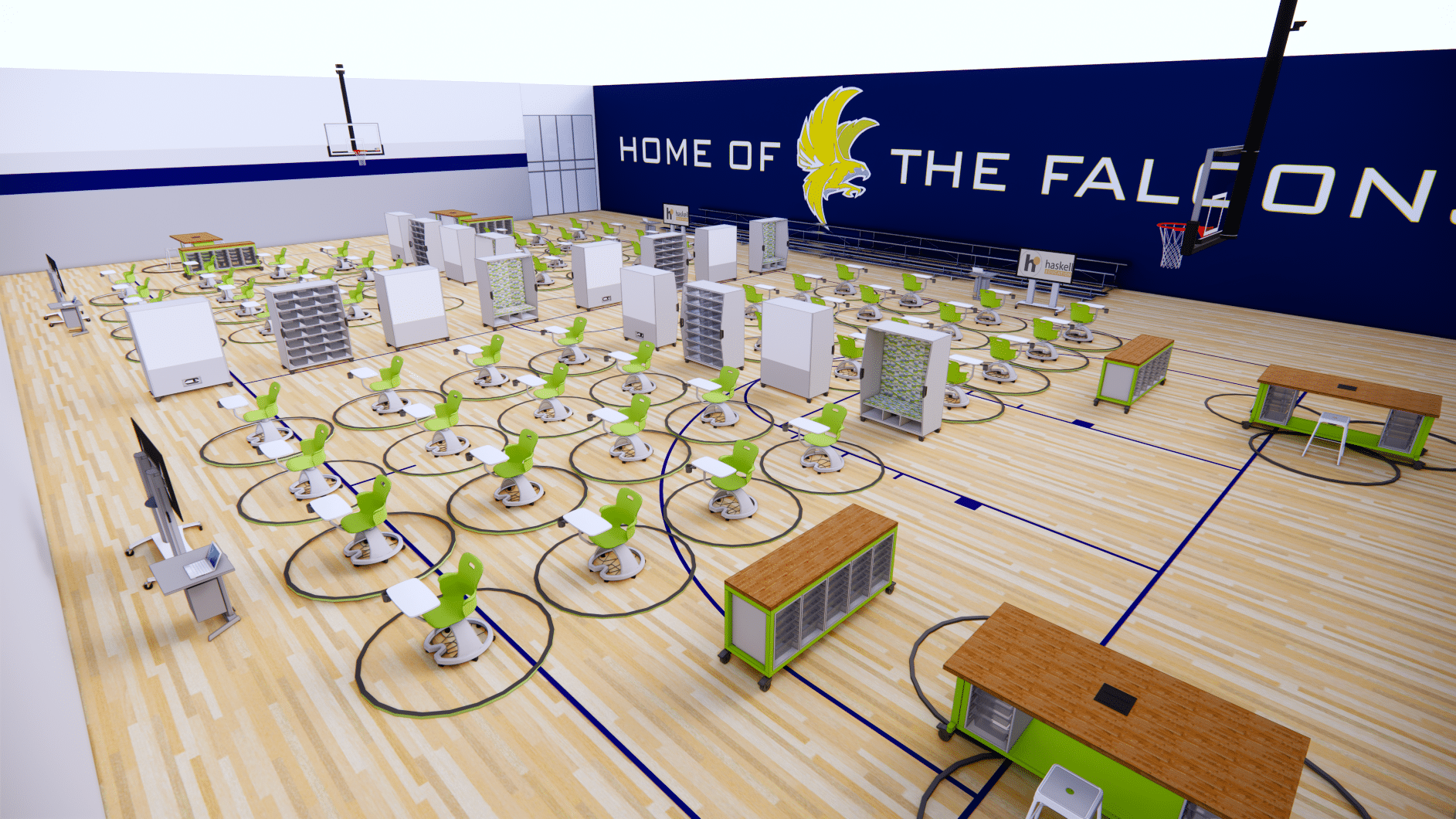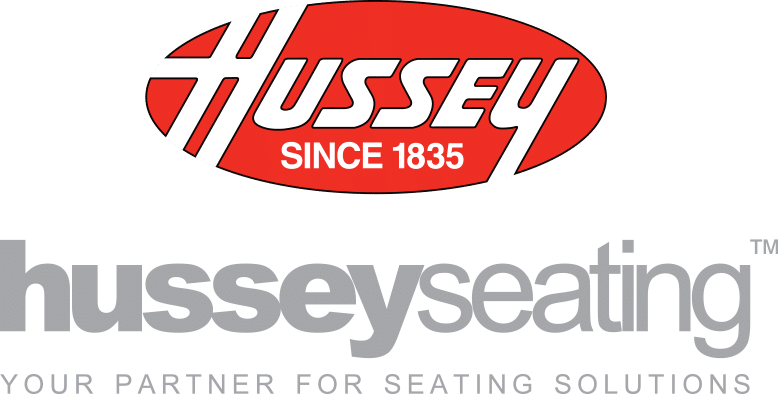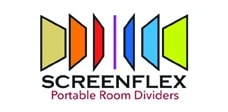By John Myers
Communities across the country are faced with many challenges as they re-open their schools in a COVID-19 world. As a designer and manufacturer of furniture solutions for learning environments, we care deeply about the well-being of today’s students and the amazing educators who lead and guide them. We understand the value that in-class learning can have where students can connect, explore and experience.
Learning, Thinking and Doing have taken on new meaning in today’s student-centered learning environments. It is critical to their emotional, mental and physical well-being. How do we not lose these benefits while navigating the challenges of bringing our students and teachers back into the classroom?
The good news is that there are a lot of smart and creative people from many walks and professions exploring solutions from every possible angle. For our part, we have focused on solutions that we think can support the short term, but can also be leveraged for the long term.
As we see the landscape change for the better with COVID-19, these assets can be re-deployed and used to their fullest potential. With the investments that schools have already made in technologies and tools for distance learning, we know that every dollar is precious.
When we think about NextGen learning environments, we know that the more students interact, collaborate, and are involved in activities, the better their learning outcomes. In simple terms, we frame this up in three areas of engagement as Learn-Think-Do.
It is clear that we will not be able return to this paradigm immediately. We can, however, start to think about phasing each one of these activities where levels of collaboration and doing are increased over time. This will also require shifting the functions of spaces. Gyms and cafeterias might become makeshift learning spaces. What was once a maker space or media commons might be re-deployed as classroom space.
We also see a critical element of NextGen learning being greatly reduced or eliminated during this time of transition. This element is movement. We have gained so much knowledge over the last 10 years as to the power of movement for students both in cognitive terms as well as physical health.
With the overriding design concepts of reduced class sizes, students sitting in static rows facing forward and remaining in the same classroom all day, it will be important that we provide some opportunity to move and fidget. Any opportunity for classes to move temporarily outside would also provide great benefit.
Let’s look at how each one of these elements can be re-introduced into the classroom and evolve so that we can slowly return the power of NextGen learning back to students and educators alike.
LEARN: A lecture posture. Delivery of content and information that the students need to begin their understanding of concepts or ideas. This is the least challenging of the three to begin re-introducing into the classroom. Most of the design concepts that are being recommended center on returning to the classroom in small groups with lecture being the primary posture.
THINK: Collaboration, exploration and examination of ideas and concepts and how they can be applied in solving problems and creating solutions. This becomes more challenging as group work or collaboration typically require a more intimate configuration. Interaction with their fellow students typically calls for face-to-face experiences and breaking down into smaller teams.
DO: Connecting concepts, ideas and theories into real solutions through building, tinkering and making. This will be the most challenging component of NextGen learning to re-introduce. In its purest form, students are working side by side, sharing materials and experimenting with common tools and equipment.
Phase One
- Reduce class sizes to manage 6’ distancing between each student
- Hybrid teaching with students in both the classroom and at home
- Students remain in one classroom when possible to reduce interaction in hallways
- Temporary conversion of gyms, cafeterias, media commons and makerspaces to create more open classrooms
- Bring classrooms outdoors with the utilization of tents or outdoor structures
- All-in-one self-contained seating units for easier cleaning and storage of personal items
- Desks/active learning chairs all facing one direction initially
- Large format monitors for better display – mobile when possible
- Distance learning tools for remote learning
- Mobile teachers’ station – teachers move for class period changes vs. students
- No shared supplies – each student has their own cubby or storage bins dedicated to their own supplies
Phase Two
- Introduce elements of collaboration back into the classroom
- Have students divide into smaller activity zones where they will rotate in these groups to interact with the teacher
- Seating postures that allow students to shift into small groups or cohorts while still maintaining 6’ distancing
- Utilization of personal marker boards or other display tools that can be visually presented amongst their small group
- Use of multiple monitor displays for group sharing –still at a distance
- Re-introduce maker programs through pre-packaged maker kits distributed individually to each student in the classroom as well as at home
- Pop-Up maker space that travels from classroom to classroom – instructor uses Pop-Up Maker Tools to guide class through program
- Take Maker Program and Maker tools outdoors for a more expanded experience
- Pop-Up art class program travels from classroom to classroom
Phase Three
- Introduce expanded collaboration experience into classroom allowing students more freedom of movement in arranging their groups or cohorts – still possible to maintain the 6’ distancing
- Allow small cohorts to cluster their groups closer together
- Students allowed more physical interaction with classroom technology and display tools
- Allow 1-2 students at a time to work at pop up Maker Space
- Introduction of personalized spaces for reflection and self-study that are bleach cleanable
BRINGING IT ALL TOGETHER
Limiting class sizes will require a combination of remote and in class learning. Video conferencing and projection tools for viewing of the teacher and any content displayed will be needed. Expanding into spaces that were not designed for instruction will require flexible and agile furniture and tools to support this transition.
If spaces such as gyms or cafeterias are converted into multiple instructional spaces, there will be a need for some division between these shared spaces. Movable storage units that can house individual student supplies and be used for space division will be critical. All of these spaces will need cleaning stations and lockable storage for these supplies.
Many schools will be limiting access to water fountains and installing water bottle filling stations. Kids and water bottles are often not a great combination, so the use of cupholders and recessed grommets in tables and desks will help ensure fewer water spills.
The same tools that can hold water bottles are also excellent for the management of hand sanitizers and disinfecting cleaning wipes. Providing cleaning and sanitization tools at the fingertips of each student can help mitigate transmission.
Consider these as possible essential items:
- Mobile cleaning stations
- Lockable storage for cleaning supplies
- Mobile storage or cubbies for both space division and for individual student materials
- Using storage or small cubbies as low barriers next to student desks or teaching areas
- Water bottle storage at both student and instructor desks
- Some height-adjustable desks to allow for greater student movement
- Mobile monitor displays to help bring content to the students
- Active learning seating that will also allow additional movement (in place) for students
It is our hope that these suggestions and ideas can help educators and parents alike bring not only instruction but increased student engagement back into the classroom during these challenging times. It’s a process. We need to empower the next generation of leaders with the tools they need to lead and invent and create. NextGen learning spaces supported by great educators will play a big role in this.
John Myers is director of marketing and training for Haskell Education, a leading designer and manufacturer of furnishings for learning environments, www.haskelleducation.com. Haskell’s design/development approach to new product design focuses on a solution-based model where agile furniture and student-centered learning can have a positive impact on learning outcomes.
